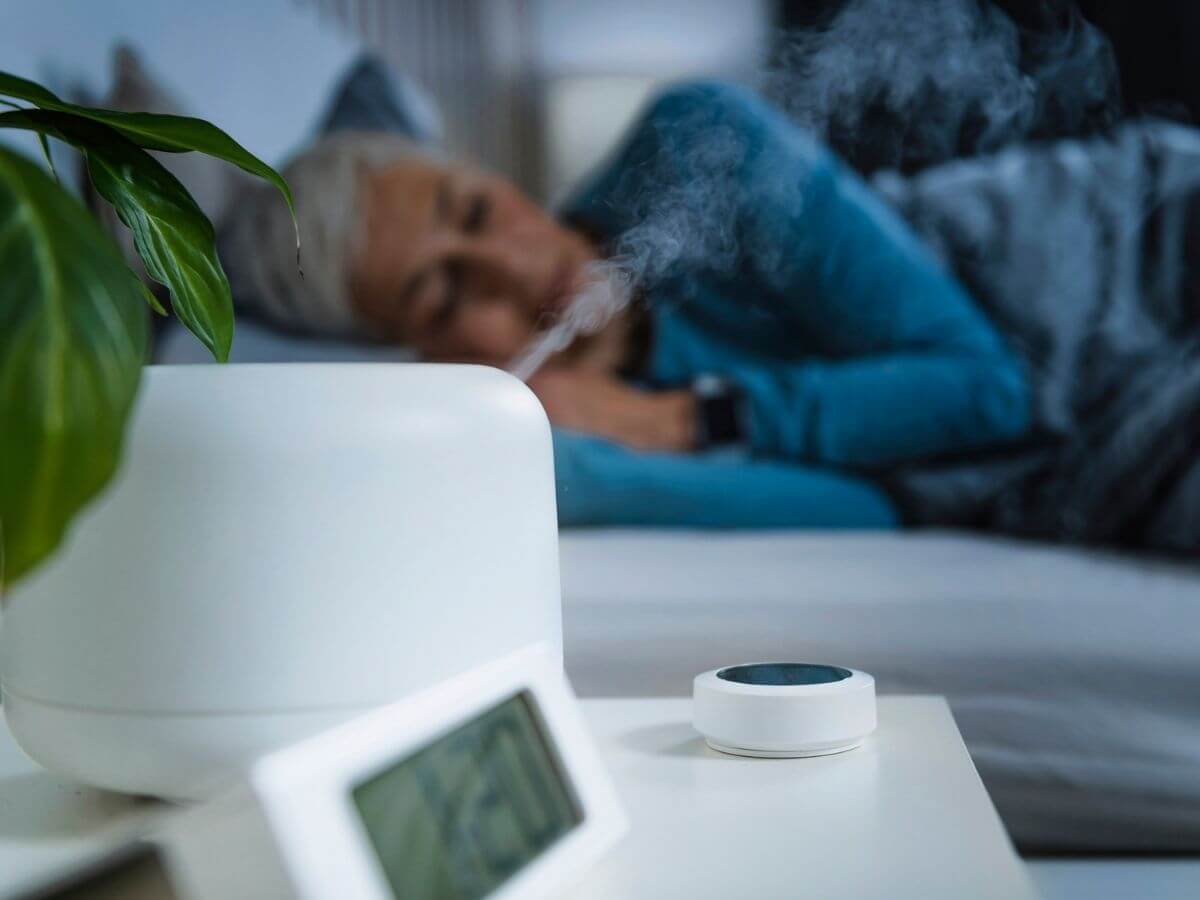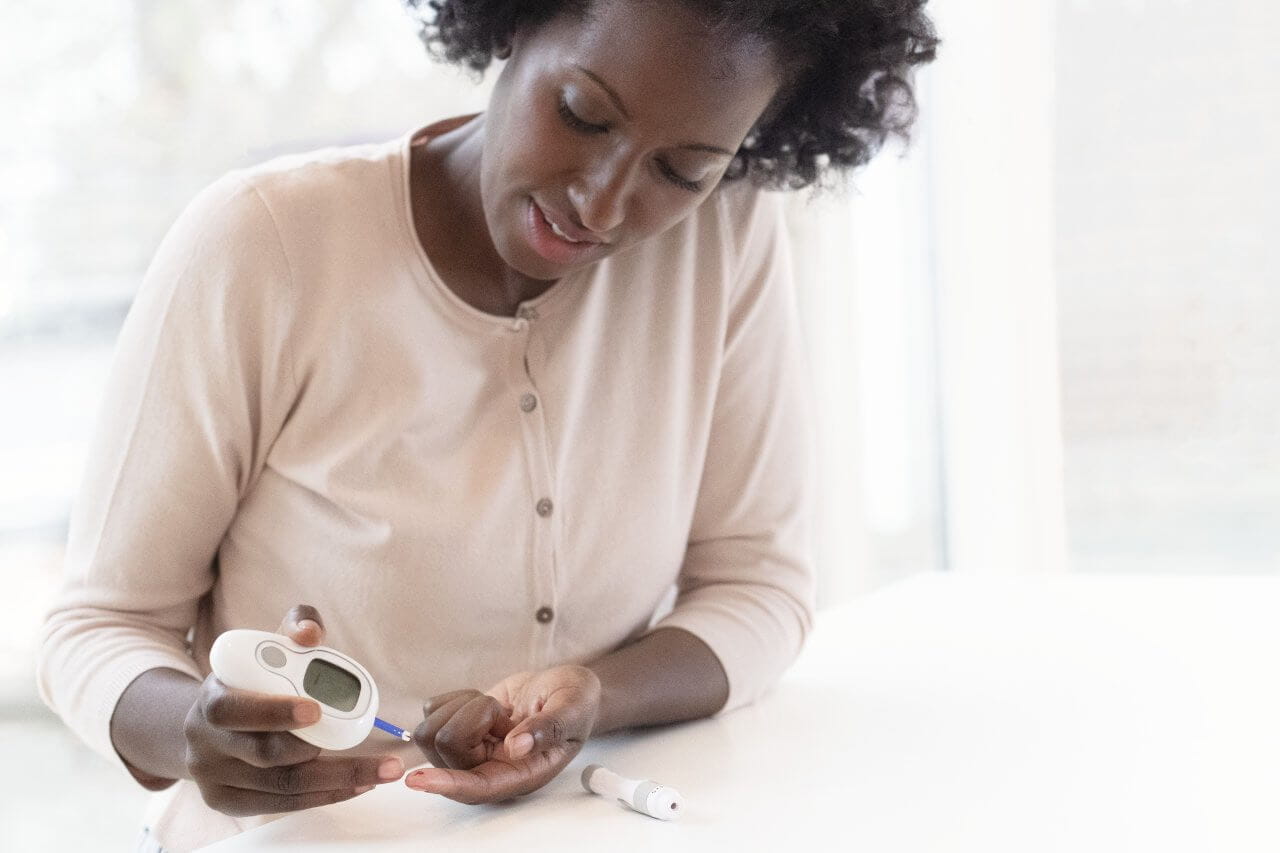What Is COVID Toe?

By now, most people are familiar with the typical symptoms of COVID-19, which include fatigue, fever, cough, and shortness of breath. The illness may also produce nausea, vomiting, diarrhea, and loss of smell and/or taste.
But some doctors and researchers are seeing what they believe is another, less-common symptom of the illness: discolored and swollen toes. Not all health experts believe what’s being referred to as “COVID toe” is caused by the coronavirus, however, and research continues.
Awareness of COVID toe increased recently when NFL quarterback Aaron Rodgers of the Green Bay Packers, who had tested positive for COVID-19, mentioned this symptom. He later clarified that he simply had a fracture, but his initial comment caused many people to take a closer look at their toes.
What Causes COVID Toe?
If COVID toe is, in fact, a symptom of the illness, it may be the result of a particularly strong immune system response to the virus that causes COVID-19. It’s not uncommon for viral infections — particularly respiratory infections like COVID-19 — to cause blotchy skin or a rash.
However, COVID toe (which can also affect the fingers) has been found both in people who’ve tested positive for COVID-19 and those who’ve tested negative. This makes understanding its cause even more challenging.
How Does COVID Toe Progress?
COVID toe typically causes the toes and/or fingers to swell and turn bright red initially. Over time, the color changes to purple, and brownish-purple spots may develop.
In some cases, the affected skin is painful or itchy and may produce pus or develop blisters, painful raised bumps, or rough areas. Some people find that the condition is so uncomfortable that they’re unable to wear shoes. However, many who have COVID toe don’t feel any discomfort and only discover they have it when they look at their feet or hands.
Never Miss a Beat
Get the health and wellness news that matters most delivered straight to your inbox. Subscribe to our free email newsletter to stay up-to-date on the latest news and more.
Who Is Most Likely to Get COVID Toe?
Early indications are that young adults, teens, and children are more likely to develop COVID toe than others, but anyone can experience it. It’s not uncommon for someone to have COVID toe and no other COVID-19 symptoms, and people who have COVID toe and also develop other symptoms tend to have mild ones.
It’s not yet clear if catching COVID-19 from someone who has COVID toe means that you’re more likely to develop that symptom. But if you have what you think may be COVID toe — or any COVID-19 symptom — you should avoid others and contact your doctor to see if they recommend getting tested.
How Is COVID Toe Treated?
COVID toe tends to resolve on its own. If you experience pain or itching, hydrocortisone cream can help alleviate the discomfort. If your condition doesn’t improve or worsens, you should contact your doctor or a board-certified dermatologist.
It’s not yet known how long COVID toe typically lasts. Estimates range from 10 days to multiple months.
COVID Toe or Chilblains?
Some cases that are believed to be COVID toe may be a condition called chilblains. It causes similar swelling and discoloration of the toes and fingers. Chilblains is a cold-weather condition, but it’s different from frostbite, in which the skin freezes.
Swollen Toes or Fingers? Get Advice from Your Doctor.
If you develop swelling or discoloration in your toes or fingers, it’s important to talk with your doctor. They can determine if it’s COVID toe or chilblains, in which case they may advise you to simply let it run its course. Or they may suspect that there’s another cause and recommend further testing or treatment.
If you don’t have a Baptist Health doctor, you can find one in our online directory.
Next Steps and Useful Resources
Find a Provider
Start a COVID-19 Test Online
Make a Vaccination Appointment
How Age and Sex May Affect COVID-19 Vaccine Side Effects



